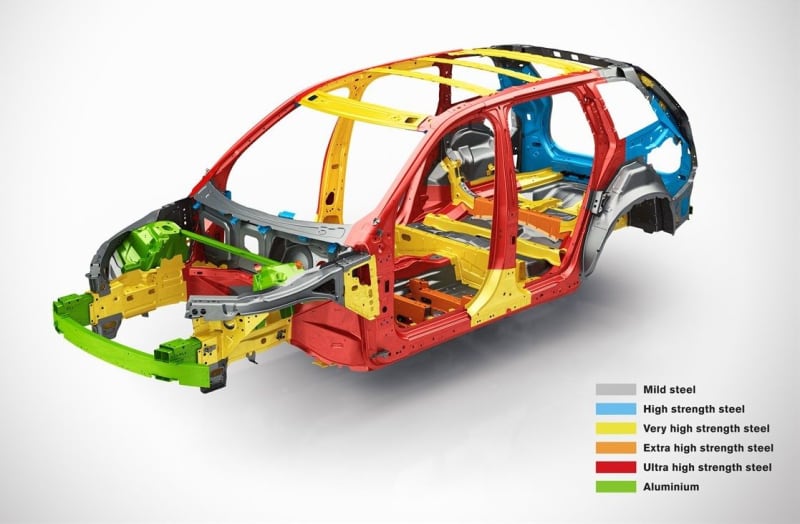kingnero said:
Anyone cares to guess what part of all BIWs in general, consists of aluminium?
I am not sure what your question means.
Tesla has built something like half a million Model S and X over the last 10 years. Those unibodies are all-aluminium. If the entire unibody is aluminium then the attachment points for the suspension / subframe are ...
The Model 3 and Y unibodies are mostly steel but incorporate aluminium components, and they've built something like 1.5 million of those.
The Audi A8 has been around since 1993 with an all-aluminium unibody.
And, while the Ford F150 is a body-on-frame vehicle, that doesn't mean the bodyshell isn't subject to most of the same issues concerning how it's built and what stresses are imposed upon it. Those have been aluminium since 2015 and millions have been built.
Let's not forget that practically every aircraft structure is aluminium. Its fatigue behaviour has been analysed rather extensively, I'd say.
"why isn't every car made of aluminium, then"?
Because it's expensive. And after a collision, it requires specialist experience to repair them. Ford went through an enormous training and qualification exercise before bringing the aluminium F150 to market to ensure that there were sufficient shops out there who could repair them. Tesla refuses to even sell parts to anyone outside of their captive authorised repair-shops. Audi is Audi and they don't seem to care if the car is expensive to repair.
I drive cheap cars. They have stamped-steel bodyshells spot-welded together. I ride premium motorcycles. Most of those (not all) have aluminium frames and swing-arms. All have aluminium front fork outer housings, wheels, engine crankcases, pistons, cylinder heads, ...

